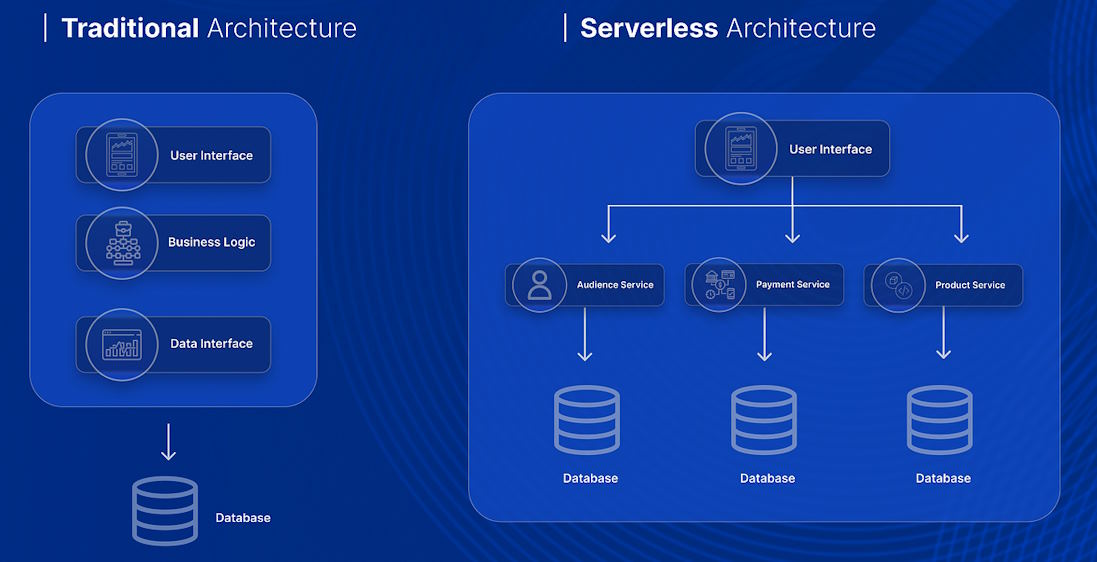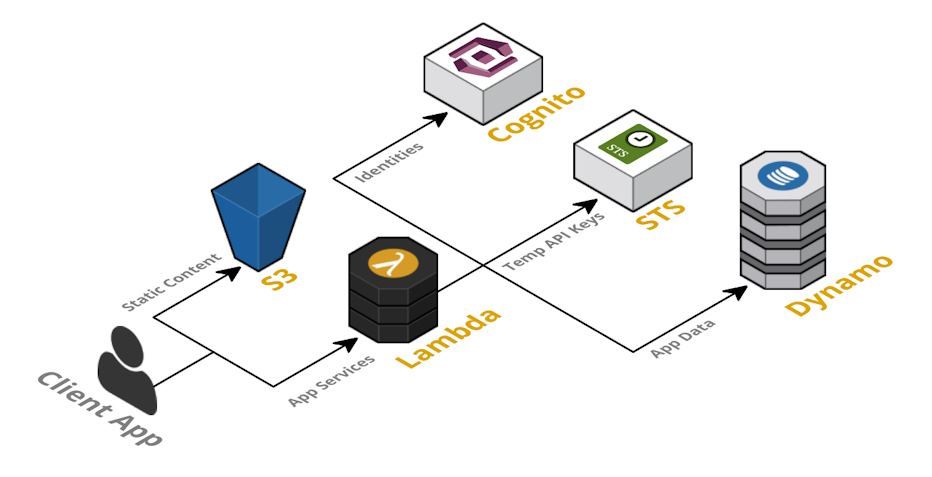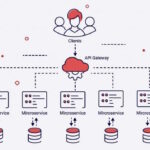Serverless Architecture: Pros, Cons, and Implementation Tips
Serverless architecture represents a significant shift in applications built and deployed, offering a new model that abstracts server management away from the developers. With this method, developers don’t have to worry about the supporting infrastructure and can concentrate on building code. In this article, we will explore the advantages the elasticity of serverless architecture, and the disadvantages of serverless architecture, along with some implementation tips.
Pros of Serverless Architecture
1. Cost Efficiency:
One of the primary benefits of serverless architecture is its cost-effectiveness. There is no fee for idle server time since you only pay for the computer resources you utilize. This model can lead to significant savings, especially for applications with variable traffic.
2. Scalability:
It automatically scales to meet the applications’ demand. Whether you are dealing with a handful of requests or thousands per second, the serverless platform dynamically allocates resources, ensuring consistent performance without manual intervention.
3. Reduced Operational Management:
Serverless computing abstracts away the servers themselves, meaning there’s no need to manage or maintain them. This reduction in operational overhead allows developers to concentrate more on developing features and less on infrastructure management.

4. Faster Time to Market:
Application deployment and update times are accelerated using serverless. Faster iteration and innovation are possible since developers do not have to worry about the deployment procedure while pushing updates.
Cons of Serverless Architecture
2. Vendor Lock-in:
Serverless architectures rely heavily on specific cloud providers and their services, leading to vendor lock-in and serverless is the future of cloud computing. It can make it challenging to migrate to a different provider in the future.
3. Complexity in Monitoring and Debugging:
When compared to typical systems, serverless application monitoring and debugging might be more complicated. The distributed nature of serverless apps requires more sophisticated tools and approaches for effective monitoring and troubleshooting.

Implementation Tips
1. Optimise for Cold Starts:
To mitigate the impact of cold starts, keep your functions lightweight and optimise dependencies. Consider using strategies like keeping functions warm or using provisioned concurrency where needed.
2. Utilise Microservices Patterns:
Break down your application into small, independent services. This microservices approach aligns well with serverless architecture, making your application more modular and easier to manage. These are some of the tips for transitioning to serverless architecture.
Serverless architecture offers numerous benefits, including cost savings, scalability, and reduced operational overhead. By understanding these pros and cons and following best practices in implementation, developers can effectively leverage serverless computing to build and deploy scalable, efficient applications.






























